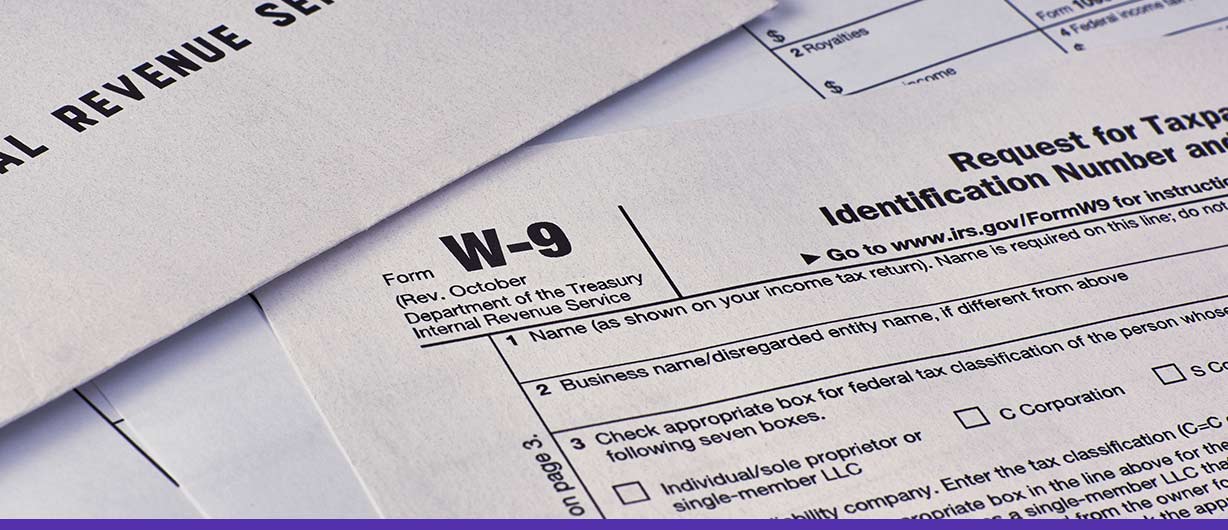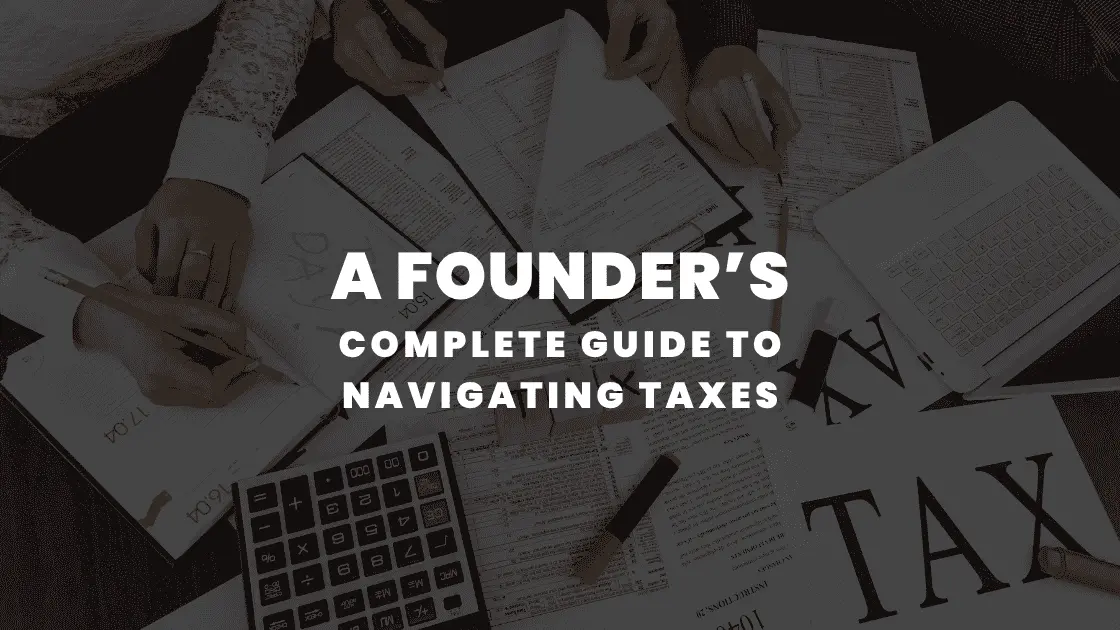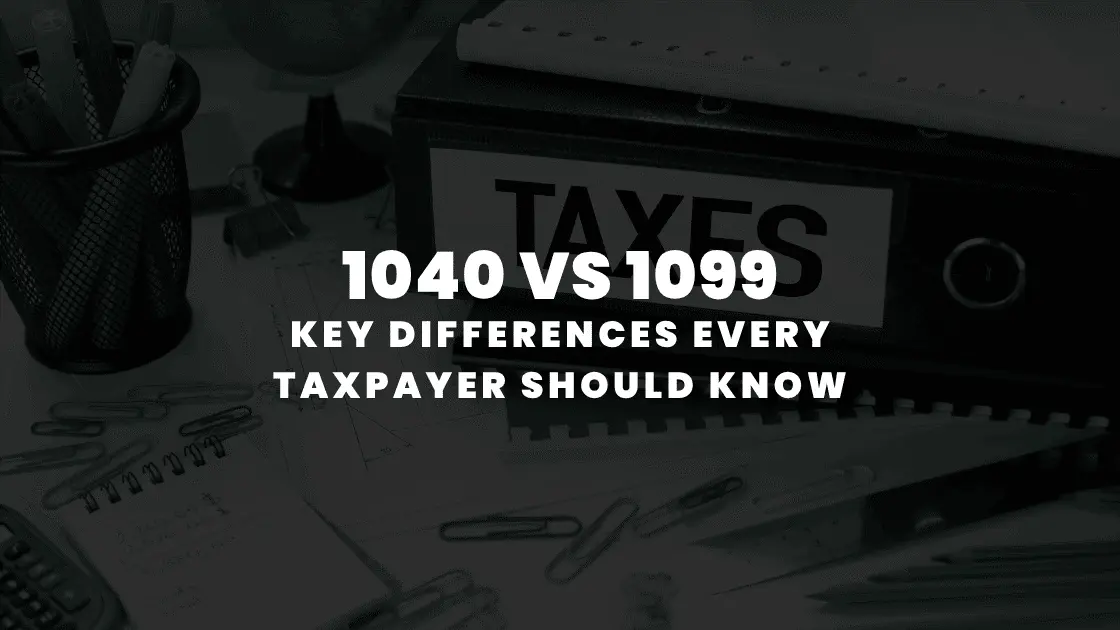December 16 2022 | By Wajiha Danish | 5 minutes Read

What Is A W-9 Tax Form?
Purpose Of A W-9 Form
Uses Of W-9 Form
Key Elements Of The W-9 Tax Form
1. Name
2. Business Name
3. Federal Tax Classification
4. Exemptions
5. Address
6. Account Numbers
7. Tax Identification Number
Penalties For Filing Misinformation In the W-9 Tax Form
Can A Vendor Refuse To Fill Out The W-9 Tax Form?
Final Words
A W-9 tax form, in a nutshell, is a form that is used by a person to report a certain kind of taxable income.
This form help businesses obtain important information regarding the payees to prepare the information returns for the IRS.
Let’s have a look at this W-9 form in detail.
The W-9 tax form is officially known as Form W-9, and is a way to know the taxpayer’s identification number and certification.
Taxpayers across the United States of America use the W-9 tax form in order to verify their TIN (taxpayer identification number). This form also enables them to claim that they are not subjected to any kind of backup withholding.
The W-9 tax form is one of the most commonly used forms by the IRS. It helps individuals, such as freelancers, contractors, etc., get their paid income from a company.
For instance, if you are doing business with a certain company that is liable to pay for your services in the form of dividends or interests, then the company might request you to fill out a W-9 form in order to prepare the 1099 form accurately. The 1099 form will report all the company’s payments by the year’s end.
The main purpose of a W-9 form is to gather all the tax information from a particular vendor. If the company is paying a non-employee, an amount exceeding $600 per year for their services, then it must file the information to make the return.
The company needs to ensure that the information is accurate and is collected directly from the vendor.
It is possible that some of the information might be available publicly. The information in the W-9 form is highly sensitive and protected by both parties. The vendor must sign the fill-out form to show their consent about sharing critical information.
The vendor’s signature ensures:
– The TIN (tax identification number) is correct.
– None of the parties are subjected to backup withholding.
– The vendor uses the FATCA code.
The purpose of a W-9 tax form extends to various situations. A financial institution or a bank relied on the taxpayer’s information on this form in order to make a property report for FORM 1099-INT, 1099-DIV, and 1099-B.
The IRS may require an individual taxpayer to fill out the W-9 form for a student loan, canceled debt, or any kind of real estate transaction.
The W-9 tax form is used to prepare different kinds of informational returns for the IRS.
Businesses use the details provided in the W-9 form, such as the vendor’s name, address, and social security number for their tax filing.
One of the most common uses of the W-9 form is when a vendor has to receive payments from a particular company after the completion of work.
The vendor must fill a Form 1099-MISC for their tax information if they are receiving more than $600 in a year from the company.
Eight pieces of information are mandatory to be provided by a vendor when filing the W-9 form.
They are:
This is the foremost information the independent vendor requires in the first line. This field is mandatory to be filled. It can be the name of an individual, sole proprietor, or even an entity or partnership.
If the vendor is a taxpayer, then he must fill in this field. It can be a trading name, a business name, or a DBA name.
The vendor must choose the selection of the type of entity he holds. The options are individual, sole proprietor, corporation, single-member LLC, partnership, trust, or limited liability company.
The taxpayer needs to specify if they are exempted from the FATCA reporting or the backup withholding or not.
The complete address must be filled in. This includes the current address, city, state, and ZIP code.
Taxpayers will add the information at the company’s request.
This is one of the mandatory parts of the form. The tax number to identify the taxpayer. It can be a Social Security number from the Employee Identification Number.
The IRS outlines several penalties if a person fails to correctly furnish the required information on the W-9 form.
For instance, if the taxpayer has written an incorrect tax number, he will be fined $50 for non-compliance with tax law and regulation. This penalty can be waived if the vendor proves that the mistake was not made willingly.
The vendor can also be subjected to a civil penalty if incorrect information is provided, which may lead to incorrect withholding. This penalty can be as much as $500.
The penalties are worse for further non-compliance or if the taxpayer is subjected to criminal penalties.
The vendor can refuse to fill out the form, but it can end up with the company withholding taxes from your payment at a rate of 24%.
Companies have an obligation by the IRS to have complete Form W-9 information, any kind of failure to comply with this obligation results in fines.
The W-9 tax form is used by companies to extract critical information from different vendors, such as freelancers and independent contractors, to report certain kinds of incomes to the IRS. The taxpayers used the W-9 form to verify the TIN (taxpayer identification number) and certify that the person in question is not subjected to any backup withholding.
It is immensely important to fill out the form correctly as the data is very sensitive and must be protected by both parties. Compliance failure of the form may result in a penalty from the IRS.
See Also: A Guide To IRS Form 720
Subscribe for business tips, tax updates, financial fundamentals and more.
MORE BLOGS

Starting a business is exciting, right? There’s innovation, there’s growth potential, and the thrill of building something from scratch. But amid all the planning, entrepreneurs often […]
Learn More →
Starting a business is quite thrilling, until tax season arrives. For founders, understanding the nitty gritty of startup taxation can make a difference between financial efficiency […]
Learn More →
Tax season can be overwhelming, especially when you’re staring at multiple forms with numbers instead of names. Two of the most common, and often misunderstood, are […]
Learn More →